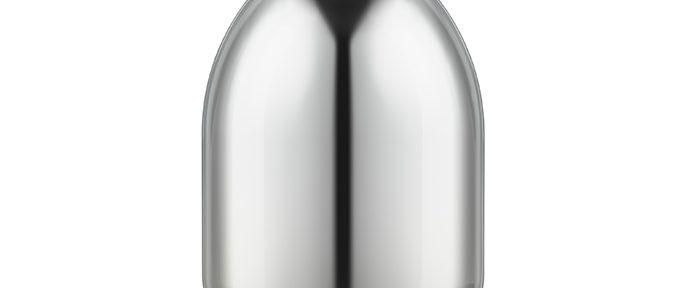Tag: designforsafety

Design Explained –
Our Steam Vent CapsRead more: Design Explained –Do you know that most of our rice cookers have a cap on the steam…
Our Steam Vent Caps
Design Explained – Our Superior Vacuum Insulation
Read more: Design Explained – Our Superior Vacuum InsulationZojirushi has been in the vacuum insulation business for over 100 years! The company opened…

Design Explained – Mesh Safety Nets in Our Water Boilers
Read more: Design Explained – Mesh Safety Nets in Our Water BoilersWhen designing our products, we choose our materials very carefully. We also consider how these…

Design Explained – Our SlickSteel® Interiors and Nonstick Coatings
Read more: Design Explained – Our SlickSteel® Interiors and Nonstick CoatingsWhich is better? Nonstick coated or not coated? At Zojirushi, we know they’re both great!…

Design Explained – Our Innovative Lids: Features
Read more: Design Explained – Our Innovative Lids: FeaturesLids. Yes, we’re starting off 2019 talking about our lids. Happy 2019, and we hope…



